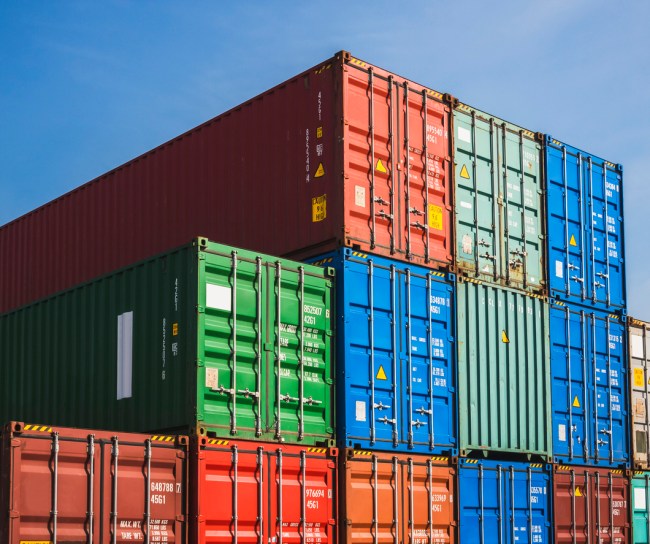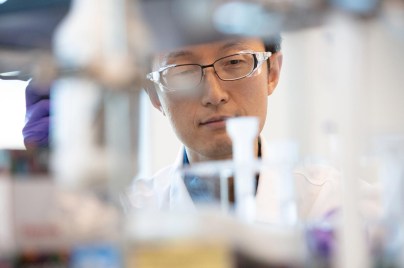
Environmental sustainability
We recognize the vital connection between the health of our planet and the well-being of people and animals. The rising impact of climate change on health is a priority for our company, and through our environmental stewardship and compliance, we’re working to mitigate the impacts of climate change.
We design and make products in a safe, effective and environmentally sound manner
We maintain a highly trained and capable scientific staff and actively pursue manufacturing process improvements that minimize environmental impacts.
Our environmental sustainability goals by the numbers
Greenhouse gas emissions reductions
We've committed to a net-zero target for our greenhouse gas (GHG) emissions across our global operations (Scopes 1, 2, and 3) by 2045, aligned with the guidelines of the Science Based Targets initiative (SBTi).
Water conservation
Water is a key input to our manufacturing operations, so we assess water risk throughout our network as a standard business practice. We're employing various technologies and techniques aimed at reducing our water footprint and improving operational performance.
Waste diversion
We continuously evaluate our sites’ waste disposal methods to gain a better understanding of our network and changes therein. We also identify risks and opportunities in our value chain.
Environmental sustainability and our suppliers
We recognize the importance of partnership and collaboration across the value chain to reduce our collective GHG emissions footprint. To do so, we have set clear expectations that enables us to work together towards common goals and collect the right GHG data in a timely manner.
We actively work with suppliers to reduce our Scope 3 emissions footprint, which is more than seven times greater than our combined Scopes 1 & 2 emissions. We also strive to reduce waste in our operations, to use more sustainable materials, and to change the way we commute and travel for business to further embed environmental sustainability into the way we work.

We expect suppliers to commit to:
— Measuring Scope 1, 2 and 3 emissions and report CO2 e data specific to our company by no later than 2025
— Setting GHG reduction target(s) aligned with the criteria set by the Science Based Target initiative (SBTi) by 2026
— Planning to achieve net-zero no later than 2050



